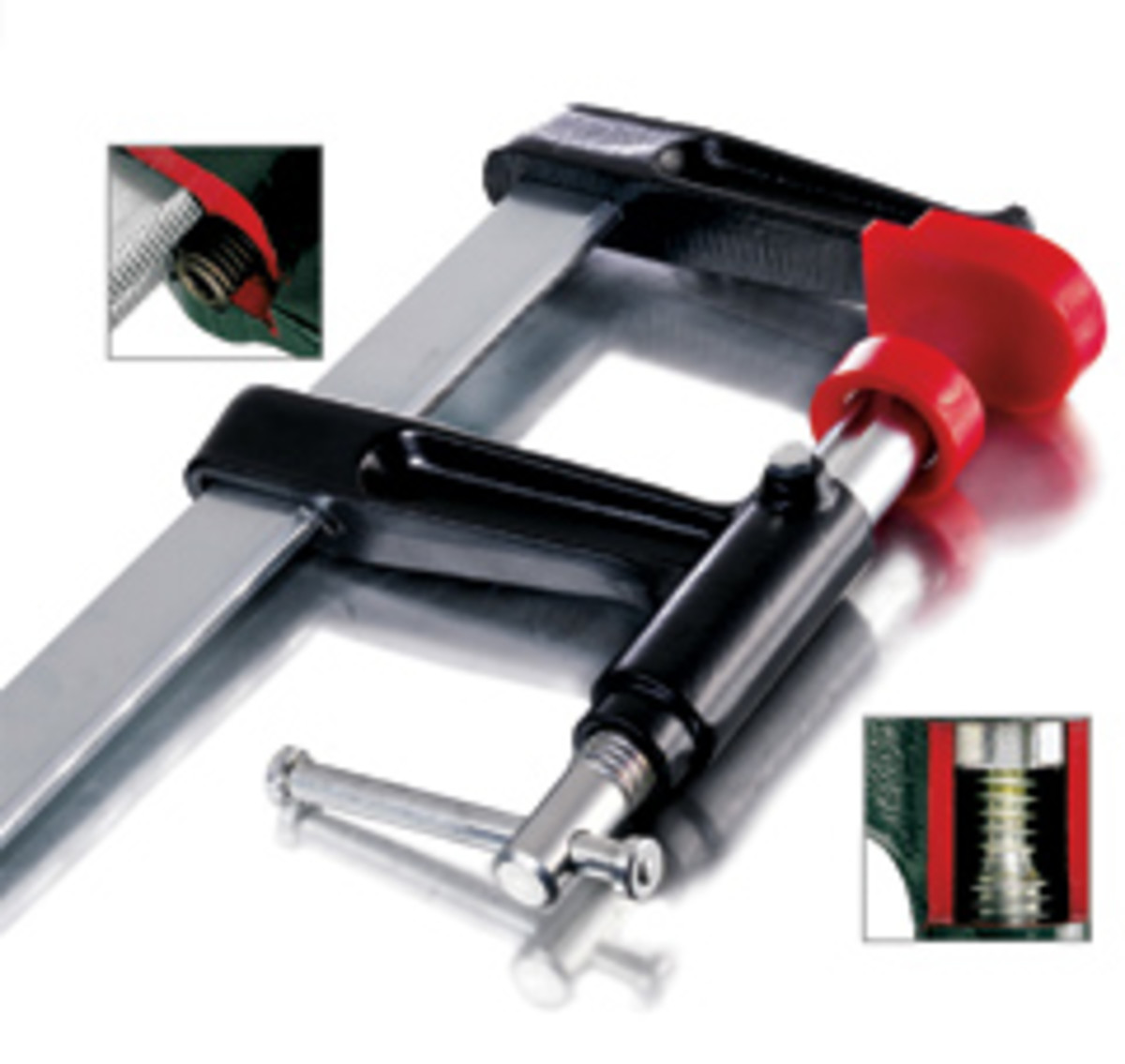A better choice for most joints is a bar-style clamp that allows for adjustable pressure. a single-handed grip-style clamp is great for smaller joints, whereas a longer adjustable bar clamp is ideal for holding panel glue-ups and larger joints.. The softer wood, especially end grain, will accept the glue with moderate pressure. death grip clamping is not always the answer. clamping is a "feel" thing - different woods, geometries, etc will dictate this. crowning your glue cauls is a good idea. too much crowning can require too much clamp force to evenly distribute the pressure on your work.. The glue, especially when too much is applied effectively lubricates the joint and encourages the wood to slide left or right under that pressure. if the glue film is thicker in some places and thinner in others, excessive clamping pressure will enhance the chances of that kind of miss alignment. wood fights back.
Once the glue was loosend up he used his pressure washer to remove the resulting �goop� from the clamps. reply. josh january 4, 2014 10:30 am i found that vinegar works pretty well, but it takes a long time. can i remove wood glue on bar clamps using furniture stripper and a pressure washer? goggled and mask ofcourse. reply. cody. Attach clamps to any length 2 x 2's (a 2 x 4 ripped in half) with screws provided, set jig and turn handle to tighten (on large pieces, position every 12"-18" for maximum clamping efficiency). clamp has plastic pressure pads and two 19-1/2" tail bars of tough plastic with 12 notches to handle a variety of stock widths.. Attach a piece of scrap wood or sheet metal to the more narrowed end of the blocks. once it is dry fitted, glue and clamp the project into place. stop clamp marks. when working with clamps, there is always a risk of the pressure causing indentions of the clamps into the wood. this is not good when the part of the wood will be exposed to the.


